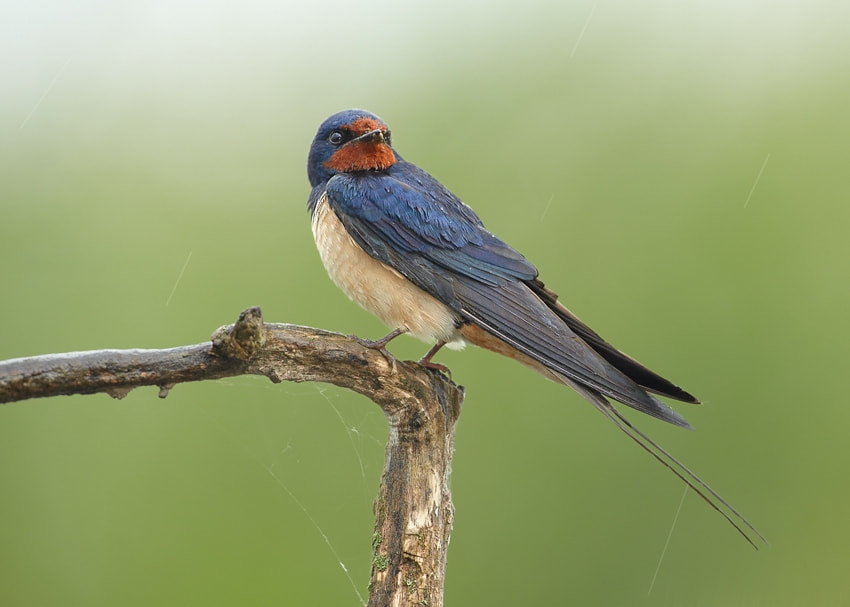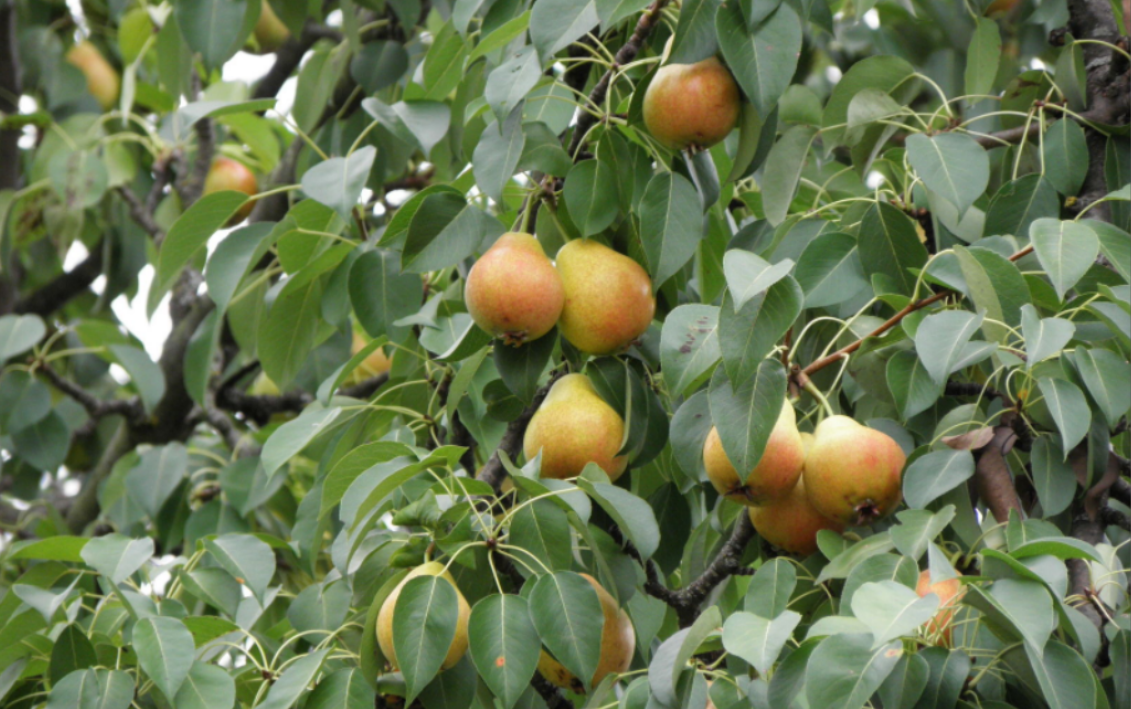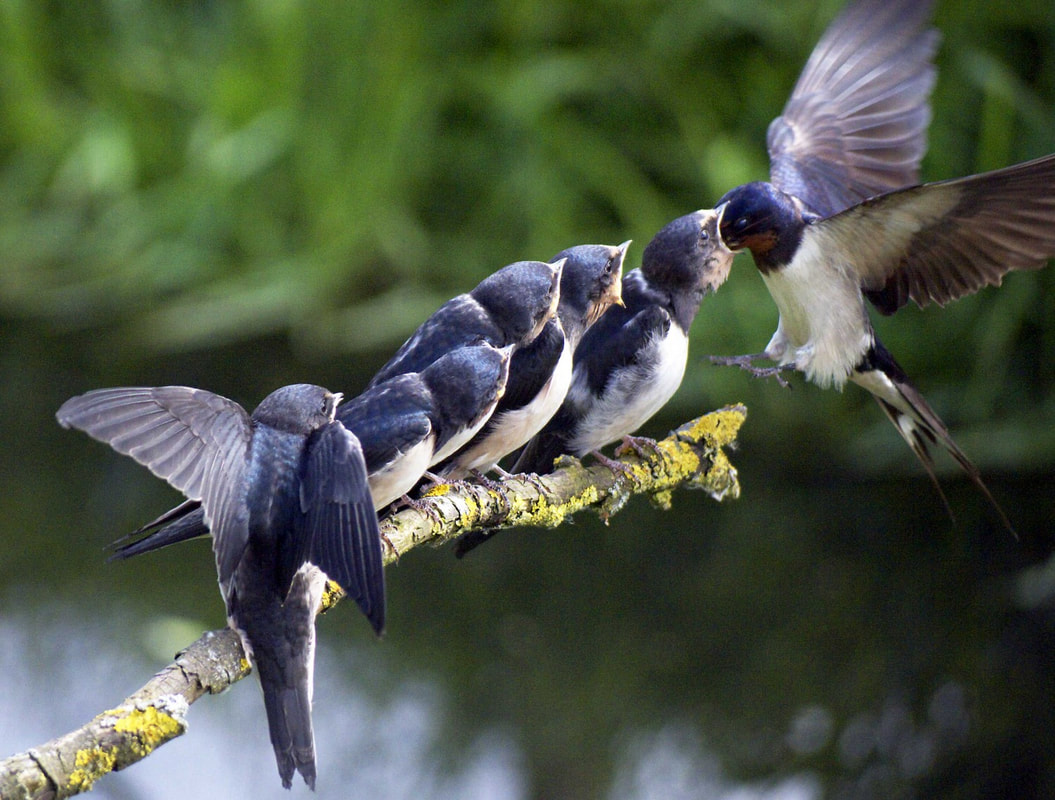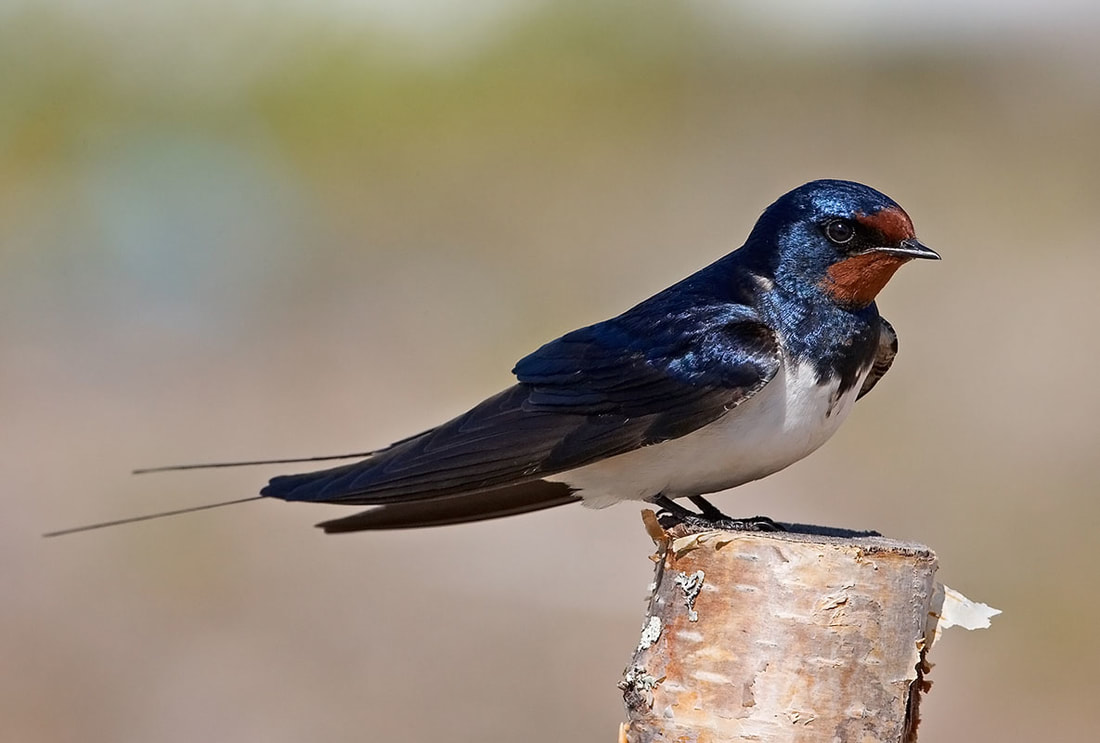|
It's hard to believe that in late February and early March, when Ireland was in the midst of blizzards, snowdrifts and icy blasts from both east and west, the swallows born here last year had started their journey home. .The swallow’s return, from their round trip to South Africa, has long been regarded as an indication that summer is just over the horizon and of the long, warm, balmy days that lie ahead, hopefully. In recent years, however, there have been a few birds who haven’t bothered to migrate at all, a few have with increasing frequency been recorded over wintering as far north as the south coast of the UK and Ireland. This may be an indicator of the ongoing effects of rising global temperature, though in light of the recent, excessively cold weather they may well have succumbed. For those birds that do migrate, they are now considered to be an endangered species. Each year their journey gets harder, with expanding deserts and seemingly unstoppable hunting in the Mediterranean; each year, fewer of them may return. An amazing migration that is flown faster on the return leg to their Irish homes than the autumn journey to their wintering grounds in South Africa, with the males arriving first, racing to secure a good breeding site and the females taking a few extra days in the sun. This is small bird, about the size of a sparrow but with long wings and elegant tail streamers that manages to fly 9,500km, an epic journey for such small creatures, often covering 320km a day and even recorded flying at speeds of up to 55kph. Their superb skill in navigation means that they return to the same place, even the same nests each year. They fly up through Africa, across the Sahara (though some do follow the west coast of Africa route to miss the desert) into Morocco then onto eastern Spain, across the Pyrenees and French countryside, across the channel into the UK and then Ireland. They migrate by day at low altitudes feeding on insects as they fly, swooping over farmland or water where these may be most plentiful. Despite accumulating some fat reserves before crossing the large areas such as the Sahara Desert, they are vulnerable during these arduous crossings, migration is a hazardous time and many of these tiny birds die from starvation or exhaustion. On their return, if not to an old site, a new nest is built; a solid cup of mud, placed on a rafter inside a building such as a barn, garage or shed, on a sheltered ledge or under protected roof eaves. These are reinforced with grass, then lined with feathers and soft plant material, in which, 4 to 6 brown-spotted white eggs are laid. These, hopefully will go on to hatch and fledge and the juveniles going on to take their own journey to the sun in the autumn. It is a joy, just to watch them skimming over rooftops, across fields and valleys, their blue backs glistening and forked tail streamers dancing behind them as they curve exuberant trajectories in the sky. A graceful reminder of the inspirational sight these birds bring to the skies of summer, their voice a constant liquid twittering and warbling as they swoop and dance through the air above the Irish villages and countryside. Yet, for all the wonderous journey they just have undertaken, there are more and more people in Ireland who are indifferent to the story of these amazing fliers, show little tolerance that they come home to nest here at all or at least 'not around my house'. This trend,.that we can no longer share a space in or around our buildings for the few short months they are here, because of the belief that they bring disease, they are noisy or make a mess is worrying. It is too much to ask that people celebrate their company, their amazing flying and navigational skills and welcome them home..
Failte romhat gach ein - ALL birds are welcome
0 Comments
Leave a Reply. |
WildEdges
A haven of quiet countryside highlighting issues affecting the natural world. Categories
All
|







 RSS Feed
RSS Feed